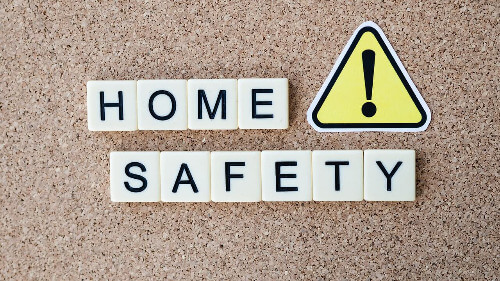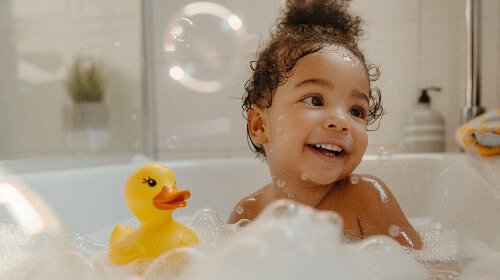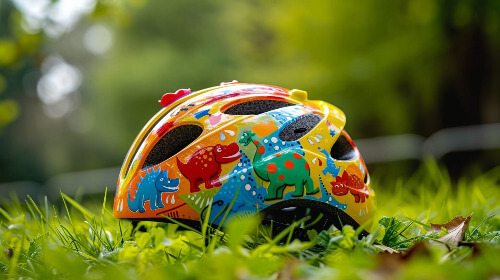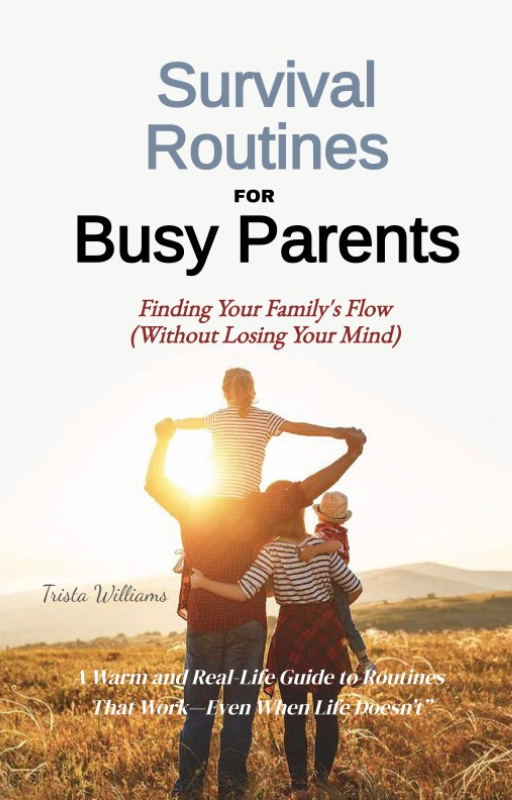Child Safety at Home: A Parent’s Ultimate Guide to a Safer Home
Kids are speedy little things, one minute they’re playing quietly, and the next, they’re climbing the bookshelf like a superhero. That is why child safety at home is so important.
Creating a safe home environment doesn’t mean wrapping everything in bubble wrap. It means identifying potential hazards and making simple, smart adjustments to prevent accidents before they happen.
This guide covers essential child safety at home tips for kids, room-by-room hazards, and practical ways to keep your little ones safe without feeling overwhelmed.
Why Child Safety at Home Matters
Accidents inside the home are one of the leading causes of injury for young children.
According to the Centers for Disease Control and Prevention (CDC), each year:
- More than 9 million children visit the ER due to unintentional injuries
- Over 2,000 children die from home-related accidents
- The most common dangers include falls, burns, choking, poisoning, and drowning
But here’s the good news: Most accidents are preventable with the right precautions!
Let’s go room by room and break down how to create a safer home for your child.
Room-by-Room Child Safety Guide
The Nursery & Bedroom: Creating a Safe Sleep Space
Your baby’s room should be a place of comfort and security. But even here, hidden hazards exist.
1. Safe Sleep Guidelines (for infants)
- Always place babies on their back to sleep (reduces risk of SIDS).
- Use a firm crib mattress with a fitted sheet—no pillows, blankets, or stuffed animals.
- Keep cribs away from windows, blinds, and cords (to prevent strangulation hazards).
- Ensure crib slats are no more than 2 3/8 inches apart (avoids head entrapment).
2. Bedroom Safety for Toddlers & Older Kids
- Anchor furniture to the wall to prevent tip-overs (especially dressers & bookshelves!).
- Use cordless window blinds (or install cord safety wraps).
- Place outlet covers on all unused electrical outlets.
- Keep nightlights and small objects out of reach (reduces choking risks).
Want More Safe Sleep Tips → AAP Sleep Safety Guidelines - Reduce Babies Risk

The Living Room: Safe Play, Less Risk
The living room is where the whole family gathers—but it's also filled with potential dangers.
1. Prevent Falls & Injuries
- Use corner guards on coffee tables and sharp furniture edges.
- Mount TVs to the wall to prevent tipping.
- Secure rugs with non-slip pads to reduce fall risks.
2. Toy & Small Object Safety
- Keep small toys, batteries, and coins out of reach (choking hazards!).
- Store toys in open bins rather than ones with heavy lids.
- Check for toy recalls regularly at SaferProducts.gov
Kitchen Safety: Prevent Burns, Choking & Poisoning
The kitchen is one of the most dangerous places for kids. Here’s how to keep it safe but functional.
1. Prevent Burns & Scalds
- Turn pot handles inward while cooking (so little hands can’t grab them!).
- Keep hot liquids, knives, and appliances out of reach.
- Use oven knob covers to prevent accidental burns.
2. Avoid Choking & Poisoning
- Store cleaning products & medications in locked cabinets.
- Keep button batteries & magnets out of reach (can cause life-threatening damage if swallowed).
- Cut food into small pieces and avoid choking hazards like whole grapes and hot dogs.
Want More Kitchen Safety Tips → CDC Poison Prevention Guide
Bathroom Safety: Water, Medicine & Slips
1. Prevent Drowning & Water Accidents
Never leave young children alone in the bathtub (drowning can happen in seconds!).
- Keep toilet lids closed and install toilet locks.
- Store shampoos, razors, and soaps up high.
2. Avoid Slips & Chemical Exposure
- Use non-slip mats inside and outside the bathtub.
- Lock away medications & vitamins (even childproof caps aren’t foolproof!).
- Test bath water temperature before placing your child in (should be below 120°F to prevent burns).

The Garage & Outdoor Safety Tips
The garage and yard hold some of the biggest hazards.
1. Garage Safety
- Store tools, chemicals, and lawn equipment in locked cabinets.
- Keep car doors locked (kids love exploring but can get trapped inside).
- Install garage door sensors to prevent accidental opening or closing.
2. Outdoor Safety
- Always supervise children near pools or water sources (even small kiddie pools).
- Ensure playground equipment is safe & well-maintained.
- Teach kids stranger danger & road safety early on.
Want More Pool Safety Tips → American Red Cross Water Safety
Must-Have Home Safety Products
Here are some parent-approved safety essentials to childproof your home:
- Baby Gates → Keeps kids away from stairs & dangerous areas
- Outlet Covers → Prevents electrical shocks
- Furniture Straps → Secures heavy furniture & prevents tip-overs
- Cabinet Locks → Keeps chemicals & sharp objects away from kids
- Corner Guards → Reduces injury from sharp table edges
- Smoke & Carbon Monoxide Detectors → Must-have for fire safety
 A colourful bike helmet is on the ground.
A colourful bike helmet is on the ground.A Safer Home, A Happier Family
Creating child safety at home doesn’t mean eliminating every risk—but it does mean being prepared.
- Start with small changes (cover outlets, secure furniture).
- Teach kids safe habits (why we don’t touch the stove, how to cross the street).
- Stay updated on recalls & safety guidelines (check trusted sources regularly).
The goal is to let your child explore and grow while keeping them safe. You’ve got this, and I’m here to help!







































New! Comments
Have your say about what you just read! Leave me a comment in the box below.